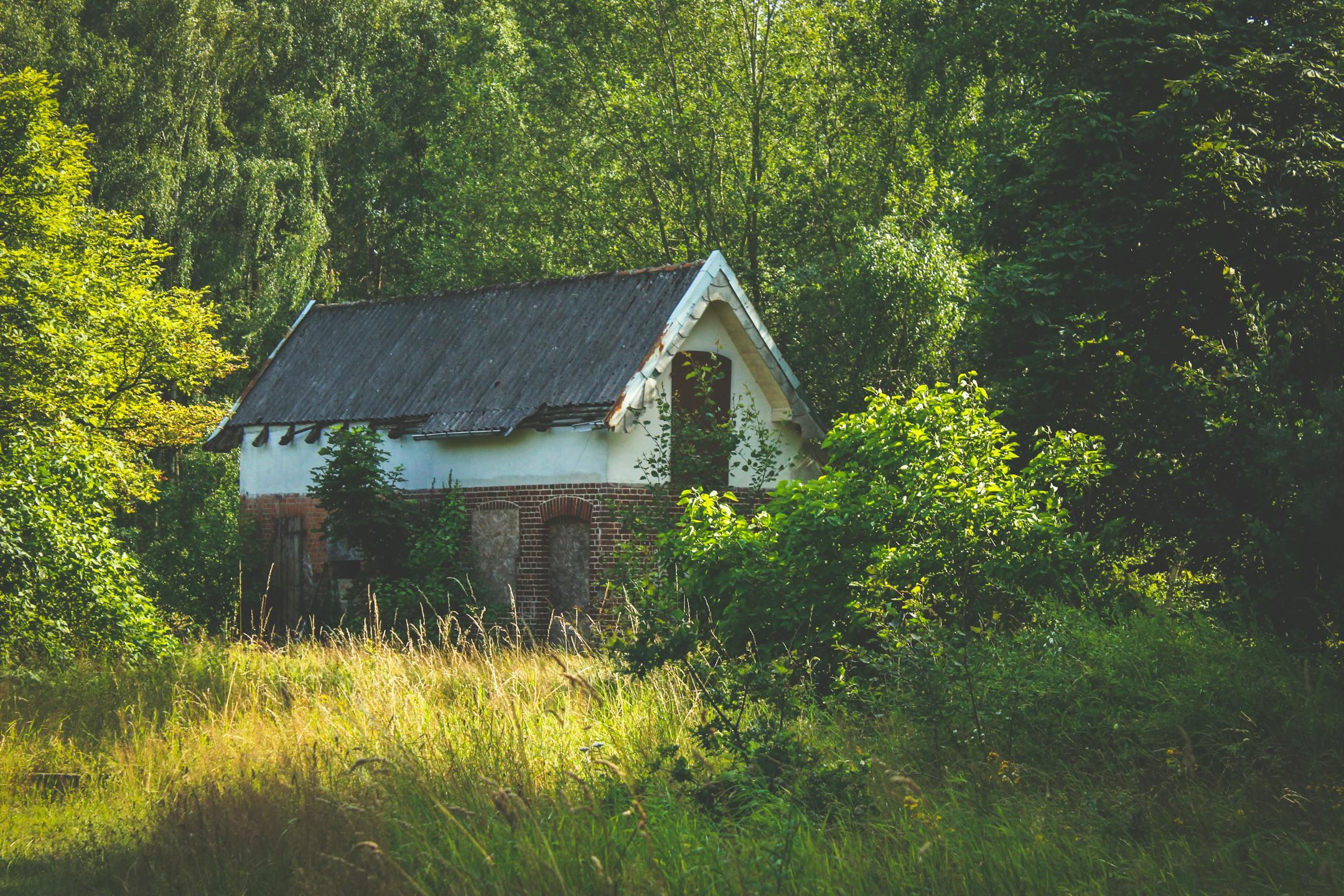
When you think about an exterior house remodel, you probably picture fresh siding, new windows, and a clean, modern roofline. But here’s the truth: most homeowners don’t start planning an exterior remodel until something goes wrong. By then, it’s often too late to avoid major repairs.
Knowing what to look for can save you money, stress, and time. Here’s how to spot early warning signs in these three areas before small problems become big ones.
Your roof works harder than any other part of your home exterior. It takes the brunt of sun, rain, wind, and snow year after year. Even the best materials eventually show signs of fatigue.
Average lifespan:
Warning signs your roof is failing:
Regular inspections—especially after storms—can help you spot these issues early.
If you’re planning an exterior house remodel, start with your roof. It protects everything below it, and a new roofing system instantly boosts both value and curb appeal.
Siding doesn’t just make your home look good. It shields your walls from water, wind, and pests. When it starts to fail, problems can move fast.
Average lifespan:
Warning signs your siding is wearing out:
Replacing damaged siding doesn’t just fix what’s broken. It can transform the look of your home. Modern siding materials are built to last longer, resist fading, and require less maintenance than ever before.
If your home is over 20 years old, an exterior house remodel that includes siding replacement is one of the smartest upgrades you can make.
Most homeowners don’t think about their windows until they stop opening smoothly or they feel a draft. But by that point, you’re already losing money through energy waste.
Average lifespan:
Warning signs your windows need attention:
Replacing old windows improves comfort, reduces energy costs, and makes your home quieter. It’s one of the most noticeable upgrades in any exterior remodel.
Many homeowners try to squeeze a few extra years out of aging roofs, siding, or windows. That decision often leads to hidden damage—like rot, mold, or insulation breakdown—that multiplies repair costs later.
A small roof leak can turn into ceiling repairs, insulation replacement, and even structural rot. Damaged siding can hide mold growth behind your walls. And old windows can drive up energy bills month after month.
When you address these issues early, your investment pays you back in both savings and peace of mind.
If you’re thinking about updating your home’s exterior, start with an inspection from a contractor who understands your local climate. At Nicholas Contracting, we’ve spent over four decades working with homeowners across Rockland County, northern New Jersey, and the surrounding areas.
We’ve seen what harsh winters, summer storms, and coastal humidity can do to roofs, siding, and windows—and we know how to build replacements that last.
A full exterior house remodel doesn’t have to be overwhelming. Our team helps you prioritize the work that protects your home first, then guides you through design and material choices that fit your style and budget.
Your roof, siding, and windows are the foundation of your home’s safety and comfort. If you’ve noticed any of the warning signs above, don’t wait until a small issue becomes a major repair.
Schedule a free consultation with us at Nicholas Contracting today to discuss your exterior house remodel or inspection. We’ll help you understand what’s aging, what can be repaired, and how to plan smart upgrades that last for decades.